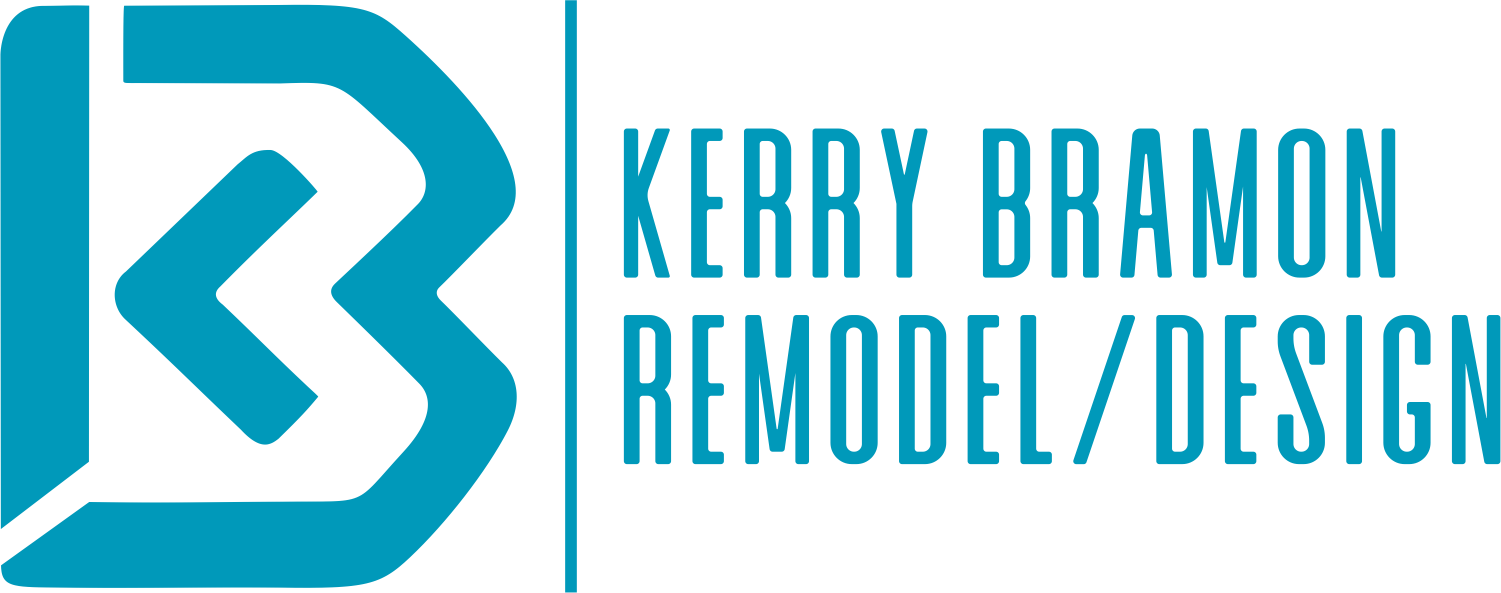How To Budget For A Remodel
How to Budget for a Home Remodel Without Losing Your Mind (or Your Wallet)
Thinking about remodeling your home? Whether it’s a full kitchen makeover, a bathroom update, or opening up your living space, the excitement of a fresh design can quickly turn into anxiety when it comes to the budget. But don’t worry—we’ve got you covered.
Here’s how to set a smart, realistic budget for your home remodel and avoid those stressful “uh-oh” moments along the way.
1. Start With Your Big Why
Before diving into numbers, ask yourself: Why are you remodeling? Are you prepping to sell? Expanding for a growing family? Upgrading your forever home?
Knowing your goals will help you prioritize and avoid overspending on things that don’t serve the bigger picture. For example, if you plan to stay long-term, investing in high-quality cabinetry may make sense. If it’s a quick flip, not so much.
2. Know What Things Really Cost
Remodeling costs vary widely depending on size, materials, labor, and location. Here’s a quick breakdown of average national ranges for midrange remodels:
- Kitchen remodel: $25,000–$75,000
- Bathroom remodel: $10,000–$30,000
- Basement finish: $30,000–$80,000
- Room addition: $50,000 and up
Pro tip: Ask your contractor or designer for a detailed estimate—and make sure it includes everything from demolition to final finishes.
3. Decide Your Max Budget (Then Add a Buffer)
Determine how much you can realistically spend without putting your finances at risk. Whether you’re using savings, financing, or a mix, always set a firm top-end number—and add a contingency of 10–20% for unexpected surprises (because there will be some).
4. Make a Wish List—and a Must-Have List
It’s tempting to want it all: waterfall countertops, heated floors, custom built-ins… But you’ll need to prioritize.
Break your remodel into:
- Must-haves (essential structural updates or items you can’t live without)
- Nice-to-haves (upgrades or finishes that can be swapped or added later if budget allows)
This helps you stay focused when costs creep up.
5. Don’t Forget the Hidden Costs
There’s more to remodeling than materials and labor. Budget for:
- Permit fees
- Design fees or drawings
- Temporary housing or dining out (if you’re without a kitchen)
- Storage or moving costs
- Cleaning and finishing touches
These extras can eat up thousands if you’re not prepared.
6. Work With the Right Professionals
A good contractor or design-build team will help guide you through budgeting honestly and thoroughly. Ask for referrals, read reviews, and make sure they’re licensed and insured. Transparency is key—avoid anyone who gives vague ballpark numbers without details.
7. Keep Track as You Go
Use a spreadsheet or budgeting tool to monitor costs in real time. This helps you catch overruns early and adjust if needed. Communication with your remodeler is critical—don’t be afraid to ask for updates or rework a plan if costs start climbing.
Final Thought: Budgeting = Freedom
It might sound boring, but a solid remodel budget actually gives you freedom. It frees you from panic, from indecision, and from future financial regret. With a smart plan, you can enjoy the process—and love the results.
